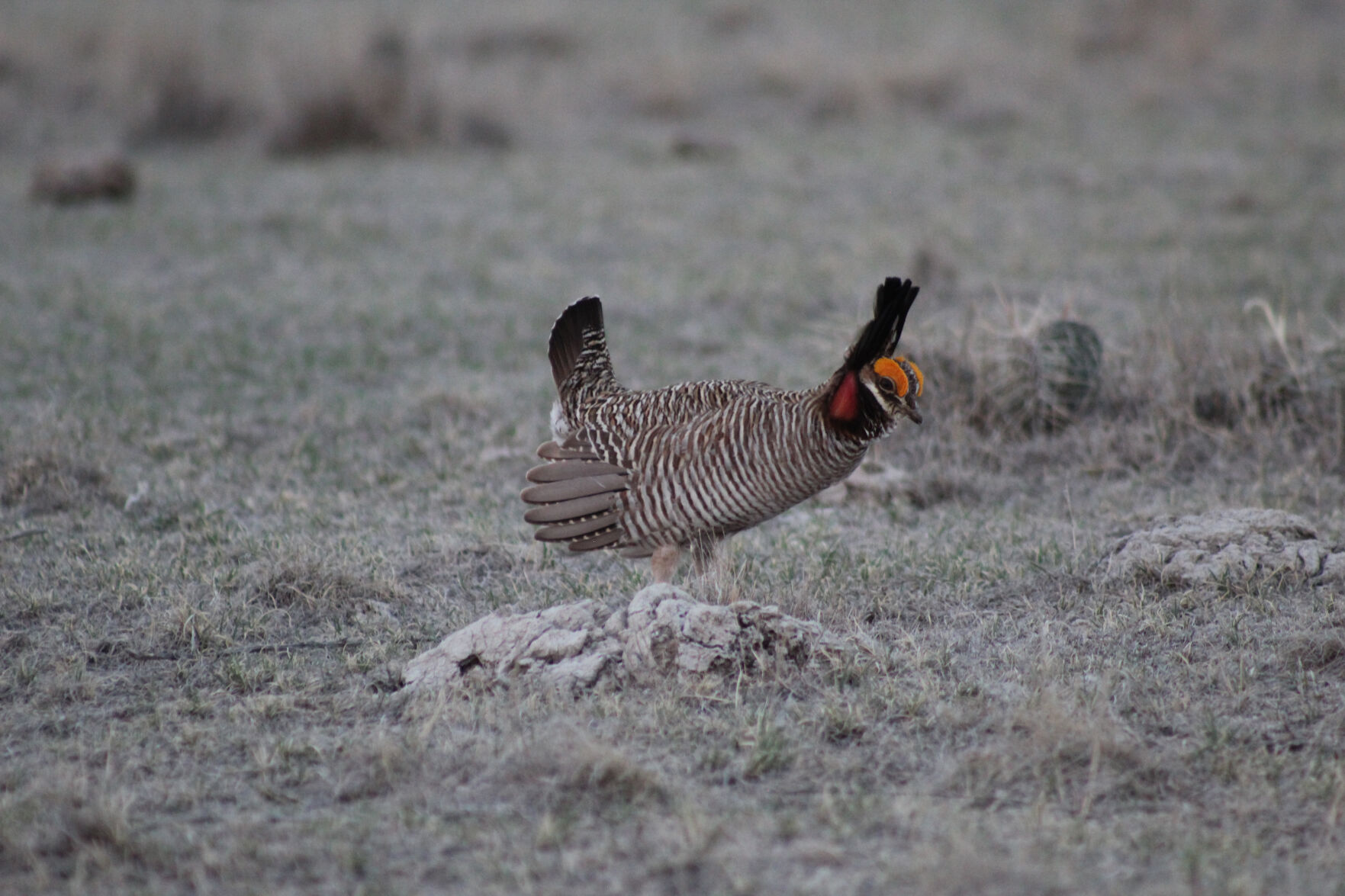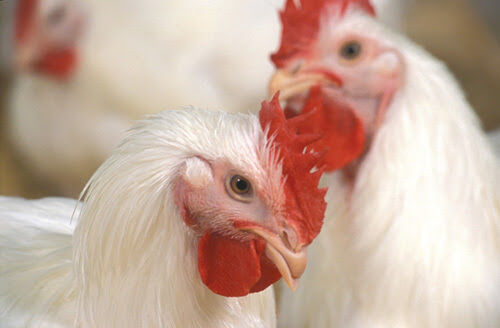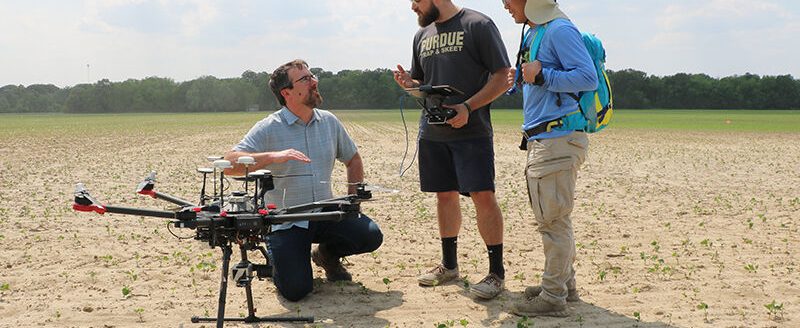The prairie was still asleep when I drug my blurry-eyed self and camera gear out of a van onto a pasture in Gove County.
Our instructions indicated we should follow the stacks of cow pies to the lek—mating grounds for prairie chickens—usually used year after year.
We quickly set up our pop-up blinds and settled into the darkness, waiting and listening as the cold, dry Kansas wind slapped our faces.
"You will hear them before you see them," our guide whispered as he zipped us in.
Then through the darkness, you could hear warbles and then the bloop, bloop, bloop of the lesser prairie-chickens and finally the booooma of a greater prairie-chicken.
I participated in the Kansas Audubon Society’s Lek Trek weekend April 13 to 16, which was based in Hays.
Although greater prairie-chickens can be found from Texas to southern Canada, northwestern Kansas is the only place in the world where greater and lesser prairie-chickens occur in the same place.
Lesser prairie-chickens have a much smaller range that includes parts of Kansas, Oklahoma, Texas, Colorado and New Mexico—the majority of that range is in western Kansas.
More than 140 birders from across the nation came to Kansas, with Hays as their base, to see prairie chickens during their mating season.
In addition to the males inflating sacks on either side of their throats to make their signature booms, prairie chickens are also known for their distinct—and in my view, comical—mating dances.
The males shoot up feathers located on the back of their necks called pinnae. Those feathers stick up above their heads like horns. They stick their tail feathers up in the air, wiggle their butts and quickly stomp their feet. It looks like a combo between a 2-year-old throwing a temper tantrum and a grandma trying to do the chicken dance.
Although you’re supposed to be dead silent in those blinds, it’s hard not to giggle just a little at the whole sight.
As more birds join the lek, fights erupt. Two males will face off in the middle of the lek, staring at each other. Sometimes they just walk away. Other times one will fly up and pounce on the other bird.
The females are much less showy, which is common in the bird world, as they mingle with the males appearing uninterested and unamused.
Even after all the girls have left the lek for the morning, a few males tend to hang out, too tired to spar anymore.
Observing prairie chickens from a blind gets you the best views of the birds and the best glimpses of their natural behaviors.
At times, birds were no more than 10 feet from our blinds and could be easily seen without scopes or binoculars.
The downside is that you have to be in those blinds before the first light and must stay in the blinds without a bathroom break until after 9 a.m. Or, as in our case, when the birds all flushed at once for no apparent reason. We met to load vans to head toward our leks at 3:30 a.m.
Sign up for HPJ Insights
Our weekly newsletter delivers the latest news straight to your inbox including breaking news, our exclusive columns and much more.
Last Friday when the high was 80, it was cold on that hilltop in Gove County even with three layers of clothes and gloves. A birder from San Fransisco who went out on one of the blind tours Saturday morning when the high was only in the 50s said it was the coldest he had ever been.
They haven’t been here when the wind chills were 50 below.
Prairie chickens were once ubiquitous on the prairie. Early settlers hunted them for food. However, their numbers have been in decline for decades.
Prairie chickens need large open areas of grassland to sustain their populations and perform their signature mating dances. They don’t like anything that is taller than they are. This includes trees, power poles, windmills and oil derricks.
Some researchers have proffered the prairie chickens avoid these natural and manmade structures because they have historically been used by birds of prey for perches.
You likely have heard lesser prairie-chickens mentioned in the news recently. The federal government has listed the lesser prairie-chicken as threatened, which is not sitting too well with some energy companies and local landowners.
Prairie chickens thrive on cattle pastures. Grazing keeps cover at the needed heights for the prairie chickens through their life cycles. They need some short grass, some medium cover and some thicker cover.
One of these said landowners stopped our van on the way out of the pasture Friday morning and started chit-chatting about the chickens.
He said he too had prairie chickens on his property, but he said he was concerned about the limits the listing would place on property rights.
The landowner said he isn’t bothered by the prairie chickens or the researchers and visitors who come to see them.
However, he said he wants to be able to manage his cattle and land without interference from the feds in D.C.
The farmer’s concerns did not fall on deaf ears. We’ve had a farm in our family for several generations. It’s hard work, and farmers are often left with small profits and big debts.
So why go through all this trouble to save this one goofy little bird?
Jackie Augustine, organizer of the Prairie Chicken Festival and an expert on the birds, said simply they’re cute.
More importantly, they are a sign of healthy prairie habitat.
Commerce doesn’t have to be given up entirely for conservation.
Augustine said cattle ranchers can still run cattle on their land, and the listing doesn’t completely restrict oil and energy production in this region. It encourages it to be done in areas that won’t destroy leks.
Birders are a passionate group. They have what they call life lists, which include every bird they have seen in their lifetimes. Some birders travel internationally to add to those life lists.
The Prairie Chicken Festival attendees, most of whom were from out of state, paid hundreds of dollars in Audubon fees alone, not to mention food, gas, lodging and entertainment to watch these birds.
Coming to a compromise between maintaining property owner rights and implementing conservation tactics that will preserve the lesser prairie chicken is where we need to be, but that’s not where politics are going.
Unfortunately, parties in the prairie chicken debate have taken to their corners for a fight. Last week, the Kansas Attorney General sued President Biden in an attempt to have the lesser prairie-chicken delisted from the threatened species list.
This weekend was my third time observing prairie chickens in the wild. They never cease to amaze me. They always make me smile. Their boom … boom … boom … makes me feel more in rhythm.
They don’t understand land deeds or lawsuits. They are just doing what prairie chickens do.
Those who know me, know I am not a morning person. I don’t know anyone who is a 3 a.m. morning person. However, as I emerged from our little prairie cocoons Friday morning on lek, I had a huge smile on my face. The hike, no bathroom, the early wakeup, and the cold were worth it.
However, as the birds flushed and disappeared into the gray morning Friday, I couldn’t help but feel a pang of sadness as I wondered what was next for my feathered friends.
Cristina Janney is a journalist with Hays Post.




